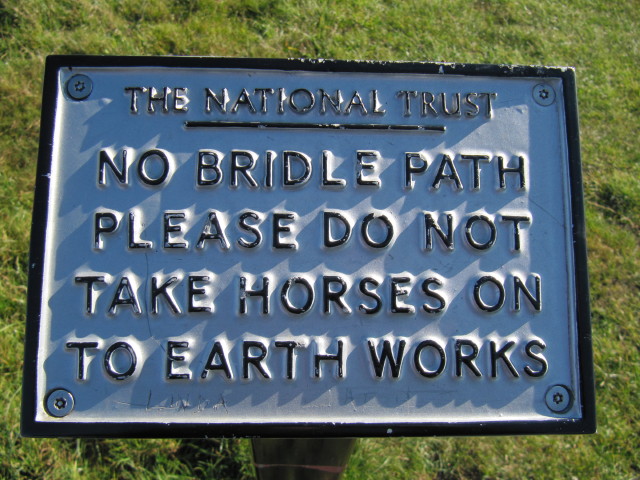
Aerial View: Tlachta/Hill of Ward, Co. Meath (Bing Maps)
Here’s one to watch: today marks the beginning of a three week archaeological exploration of the late prehistoric multivallate enclosure site at Tlachta/Hill of Ward, Athboy, Co. Meath. The project is led by Dr. Steve Davis of UCD School of Archaeology and Cathy Moore (in addition to a cast of ‘thousands’) and is funded by the Royal Irish Academy, Meath Co. Council, the OPW and the Heritage Council. Steve has been conducting geophysical and computer aerial surveys of the site in recent years and the current project is the result of some very exciting and tantalizing indications arising from same.
Tlachta, considered to be an extremely high status ceremonial enclosure site, is mysterious in terms of its original function and purpose. It loomed large in the medieval political scene and plays a recurring role in myth, legend and dindsenchas (Place Name Lore) – including a dubious, but nevertheless intriguing association with ‘druids’ and Halloween (Samhain). These archaeological investigations are an historic first for the site and hold the prospect of finally answering some of the many questions we have concerning its origin, activity and probable augmentation over time.


 One of many interesting facets of Patrician history and hagiography is the role that the saint has played in the creation and maintenance of both religious and cultural identities throughout Ireland and the rest of the world. Due to the enigmatic nature of his writings and the wholesale absence of ‘fixed’ historical & geographical points within them; Patrick has always been seen as an everyman figure for anyone who wishes to claim him.
One of many interesting facets of Patrician history and hagiography is the role that the saint has played in the creation and maintenance of both religious and cultural identities throughout Ireland and the rest of the world. Due to the enigmatic nature of his writings and the wholesale absence of ‘fixed’ historical & geographical points within them; Patrick has always been seen as an everyman figure for anyone who wishes to claim him.
